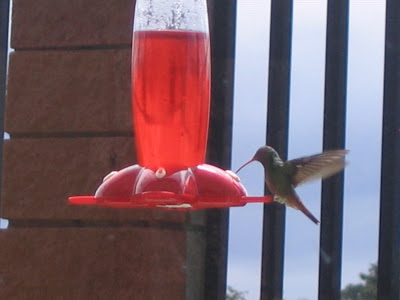




Saturday the 20th, we ventured to the Monteverde Biological Cloud Forest Reserve. The village of Monteverde was founded in 1951 by Quakers from the US who wanted to escape the threat of war. They chose Costa Rica because it had abolished its military in 1948. In 1972, 10,000 hectares (25,000 acres) of land was set aside to be preserved and studied.
Although it is only 146 km (90 miles) to Monteverde from our house it is quite an adventure to get there and a 3 hour trip. During the last hour, we drove 35 km uphill on an unpaved road with spectacular views of the “green mountains”. We had to dodge piles of rock that were dumped on the road to be spread out later. This explained why the road was so bumpy, since the piles included boulders. We had a little reprieve of paved road through the towns of Santa Elena and Monteverde and then another dirt road that ended at the Reserve.











